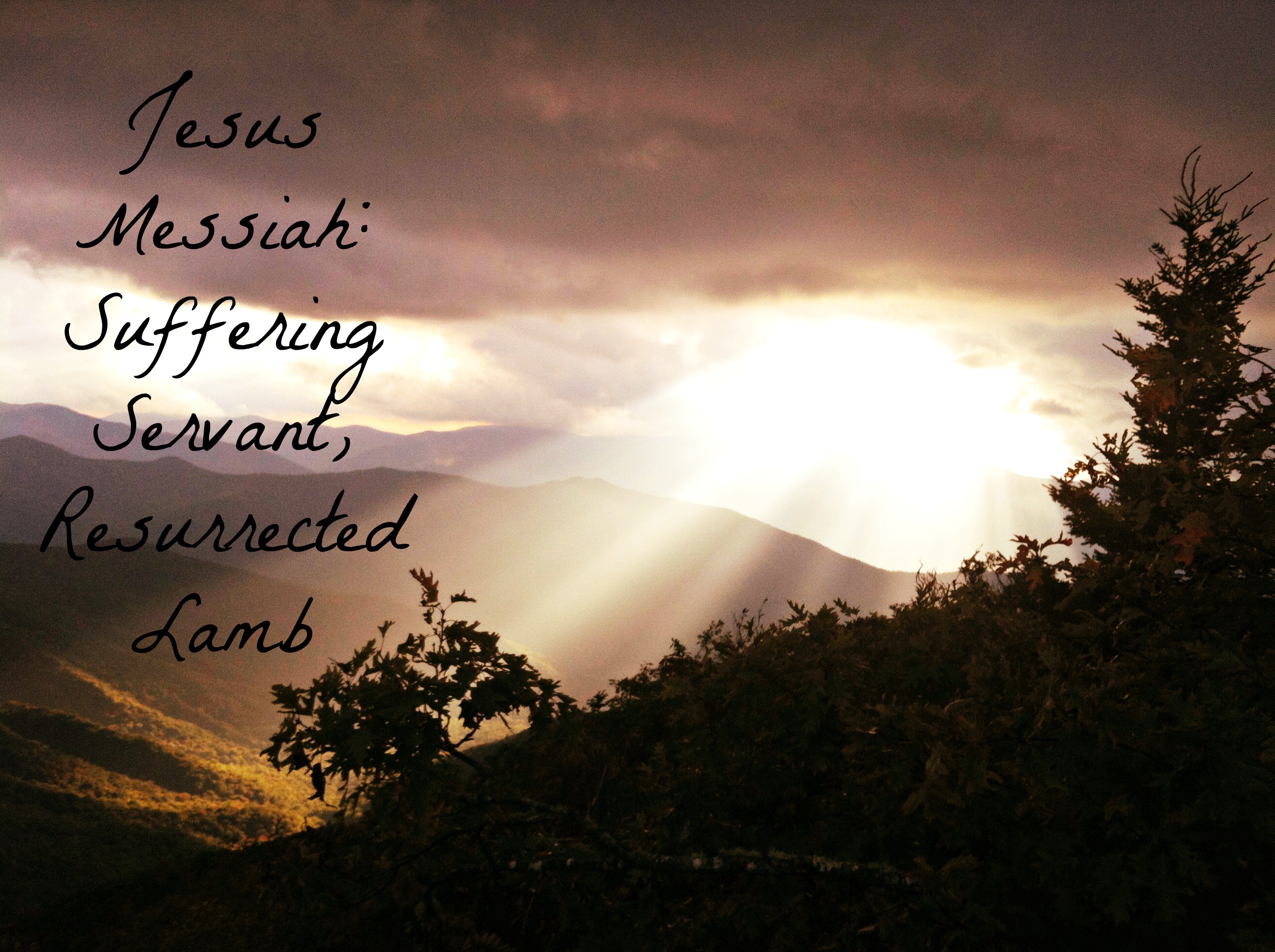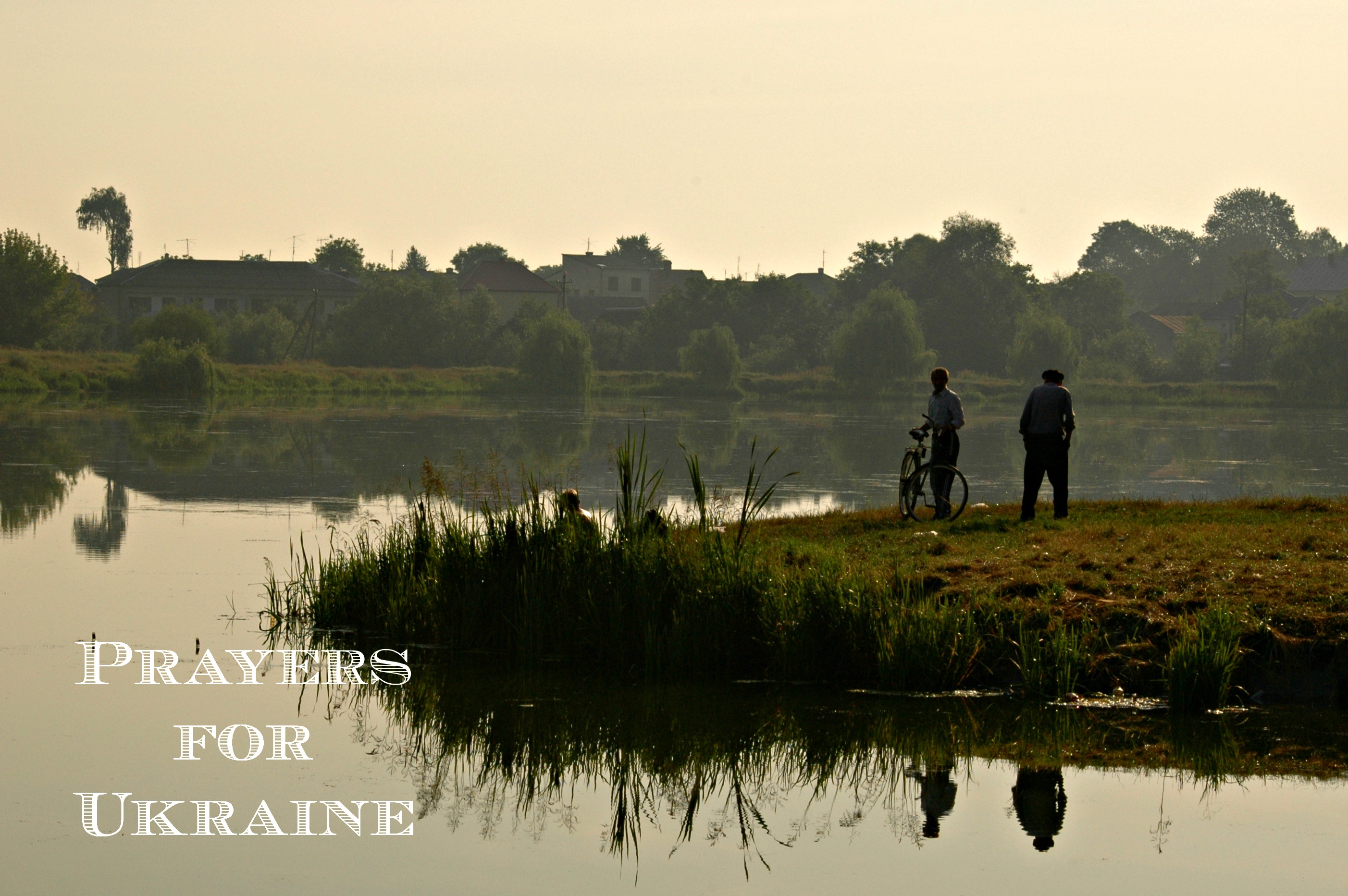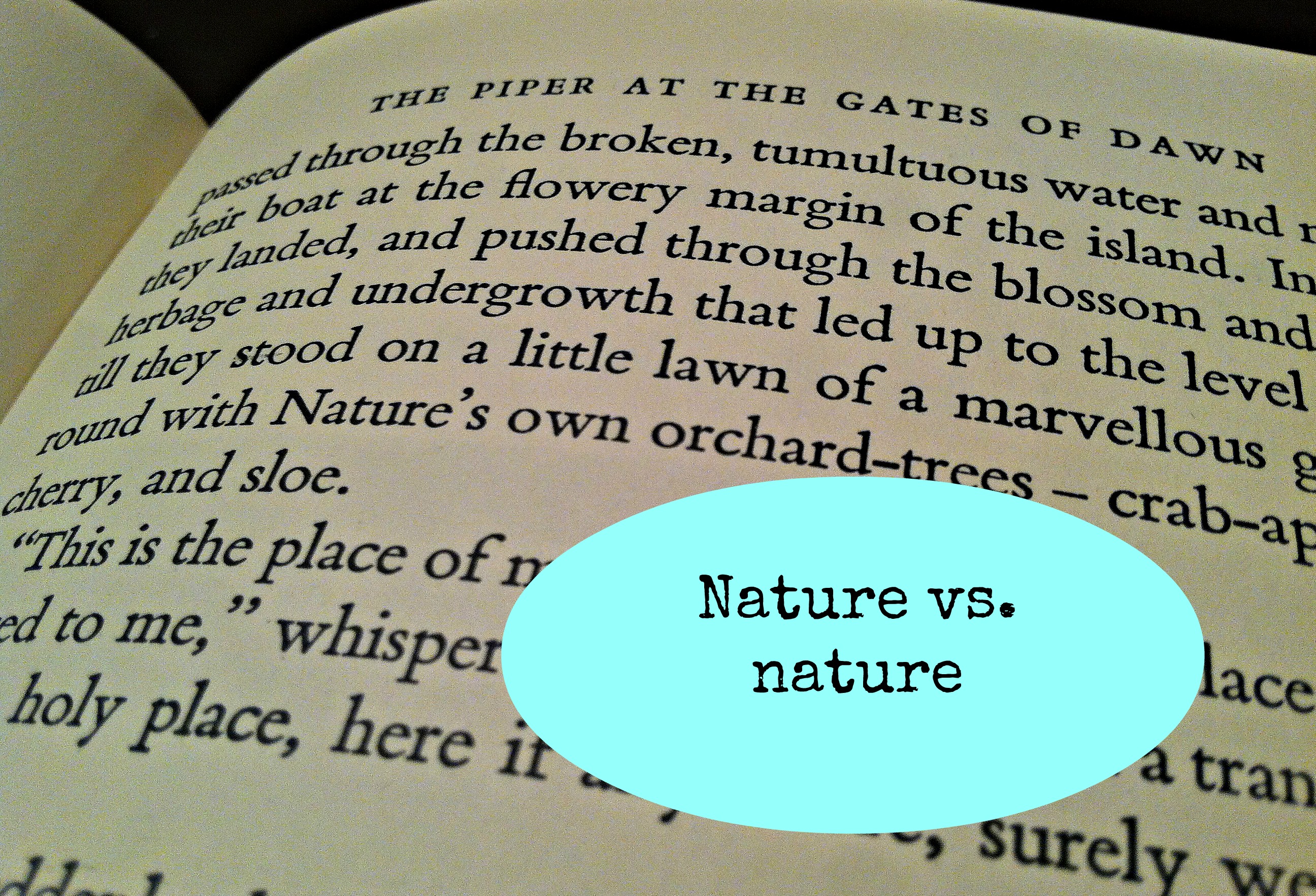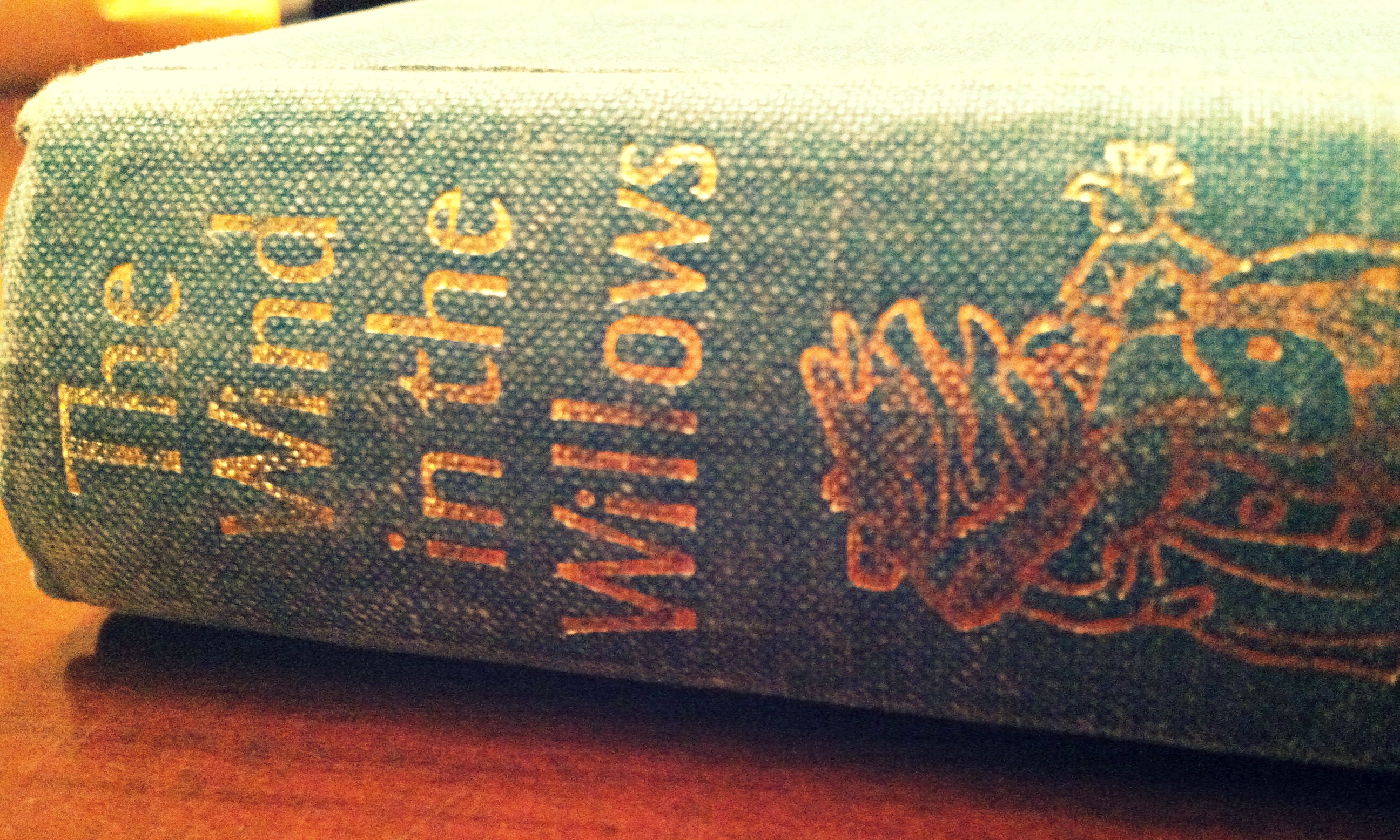Many differing camps within the church exists which try to squeeze millions of years into the Bible in efforts to allow for the claims of evolution. Two such theories are Theistic Evolution and the Gap Theory. We will look at a brief summary of both of them today.
Two questions we might consider together: When did the literal interpretation of the Genesis creation account come into question? How long ago did man, and/or the church, question the belief in a Creator who made all that we see?
It wasn’t until the later decades of the 18th century that scientists started to develop and pursue the idea of an older earth. Geology (the study of rocks and fossils) became its own separate field of science during the 19th century (or ~200 years ago). In the infancy of uniformitarianism (doctrine that believes change has occurred at a constant rate in the geologic record) vs. catastrophism (doctrine that physical changes in the geologic reccord can be explained by catastrophic events i.e. the Flood which happened in the past) debates, many believers embraced the newly developing theory of an old earth and immediately began squeezing millions of years into the only place possible: Genesis 1 and 2.
Namely, Thomas Chalmers (Presbyterian) in 1814 with his Gap Theory and George Stanley Faber (Anglican theologian) promoting the Day/Age view (see here).
Even the highly respected and often quoted pastor, Charles Spurgeon, of England, accepted the old-earth geological theory:
Years ago we thought the beginning of this world was when Adam came upon it; but we have discovered that thousands of years before that God was preparing chaotic matter to make it a fit abode for man, putting races of creatures upon it, who might die and leave behind the marks of his handiwork and marvelous skill, before he tried his hand on man.
I would like to question Spurgeon’s claims with my own question, “And we know this how?” Apart from an infinite Creator imparting to man the origins of time, space, and matter, we are left with presuppositions and worldview claims as to the creation (for lack of a better term) of life as we know it. This is an area we call historical science, which differs greatly from observational (testable) science.
We assume that geologists and scientists have actual facts to back up their evolutionary age of the earth claims. However, these claims are not in fact factual, but more simply, promoted as such. Christians unquestioned acceptance of such claims deteriorates the authority of God’s Word beginning with, “In the beginning, God created.” (Genesis 1:1)
Let’s look at an overview of the thoughts behind Theistic Evolution Theory and Gap Theory.
Theistic Evolution
- God used evolution over long ages to create the universe.
- Supports molecules to man evolution.
- Does not believe in a historical Adam and Eve as the Scriptures teach both in the Old and New Testaments.
- Makes God, instead of Adam and Eve, responsible for sin and death with the thought that the sedimentary, fossil bearing layers of the (man-made) geological column were laid down over long periods of time rather than during a period of days as a result of the world-wide flood. (See Genesis 6-9)
This theory purports that God set up the conditions for life and then walked away. Further, that man was not a creation of God, but that he evolved from lesser life forms over a period of perhaps millions of years. This is problematic for several reasons, one of which is that men and women would have evolved from multiple ape-like creatures all over the earth (in line with evolutionary thinking) and not from one mother-father pair. Meaning that there would not be a literal, albeit evolved, Adam and Eve by which sin would have entered the world. Jesus was the last Adam come to save his created from their sin. Apart from a literal Adam to usher in sin, there is no other reason to believe that God was therefore not the initiator of sin. Therefore, no reason for Him to redeem that which He would have created as evil in the beginning. Certainly the Bible does not support this line of teaching.
For Christians who are content to accept salvation and the gospel message of the New Testament and neglect the Old Testament, the above line of thinking should raise many questions. Questions for which there are answers to be found. (Matthew 7:7)
Gap Theory (Ruin/Reconstruction Theory)
- God created earth and let it sit for untold millions or billions of years.
- Lucifer and the fallen angels fell prior to the creation week and roamed the earth with spiritless “man-like” creatures and animals.
- Sin was so rampant that God decided to flood the earth and start over—Lucifer’s flood.
- God began again in Genesis 1:2 and proceeded with the creation week.
The Gap Theory is weak in that the fossil record from Lucifer’s flood would have been replaced with the fossil record from Noah’s flood and would have erased all the “evidence” of an old earth and Lucifer’s flood. Most importantly, once again, where do we see this accounted for in Scripture? Finally, is it necessary? Why do we need to insert more information into the Creation Account that is not found within the Scriptures? Is it merely in an effort justify the Biblical account with the claims of an evolutionary worldview? A worldview which secular society promotes as truth, and additionally, which exists only as a necessity to explain the world apart from a deity’s involvement. If so, then we need to question evolution to determine if the claims of evolution are supported with scientific data.
If this post has peeked your interest in the origins of man and creation, then I would refer you to this post (click here) for a list of recommended resources. Thank you for seeking for the Truth with me today.
3 Comments

















